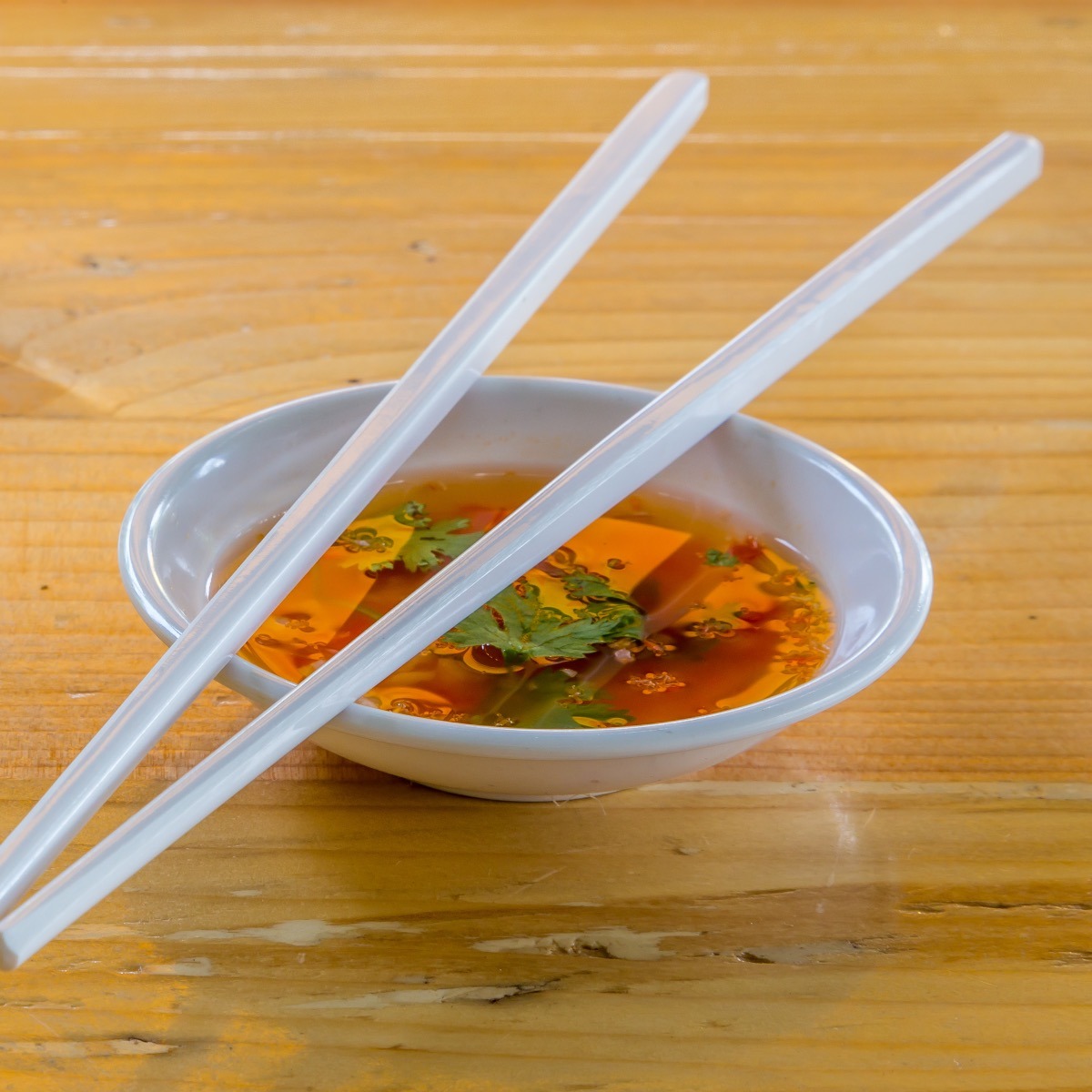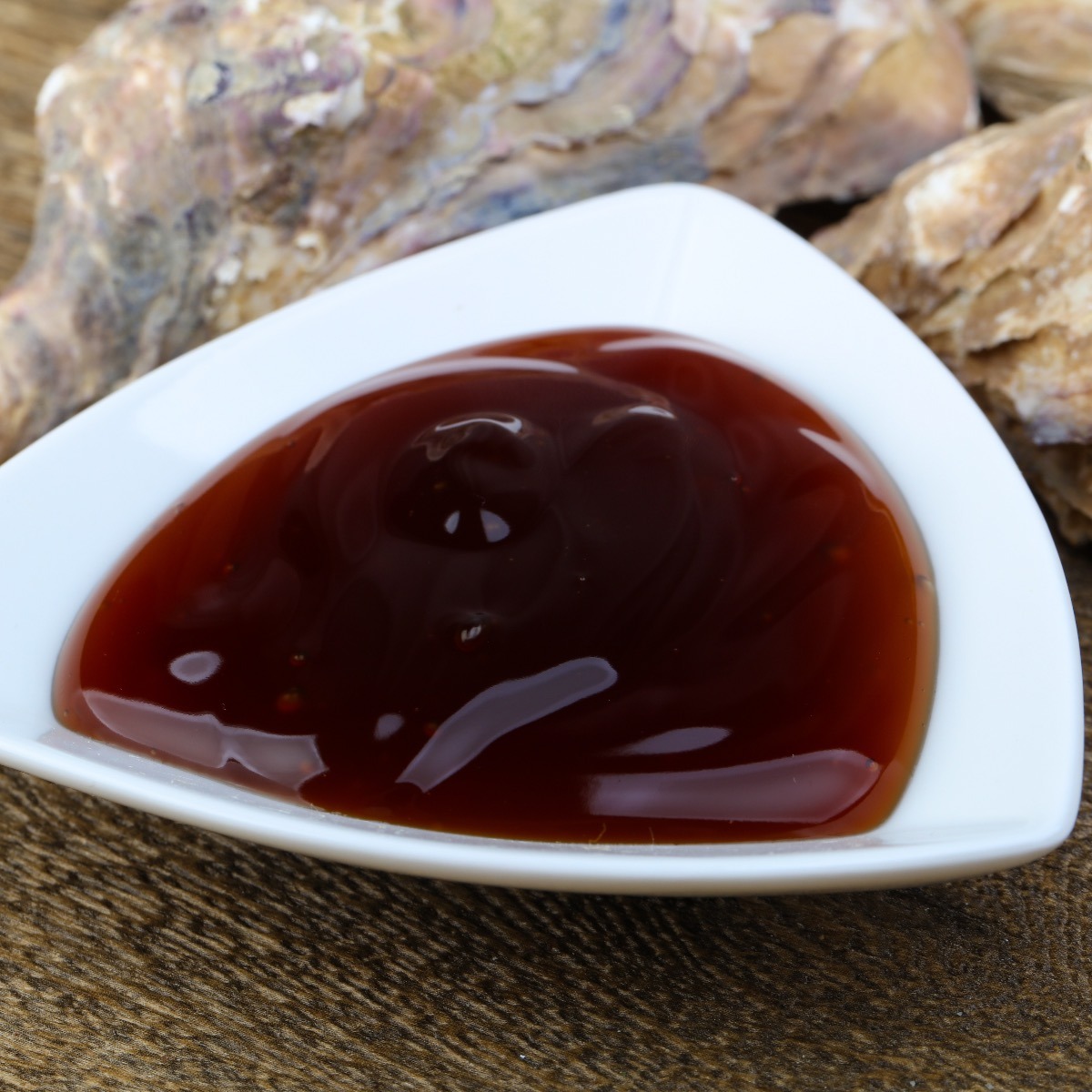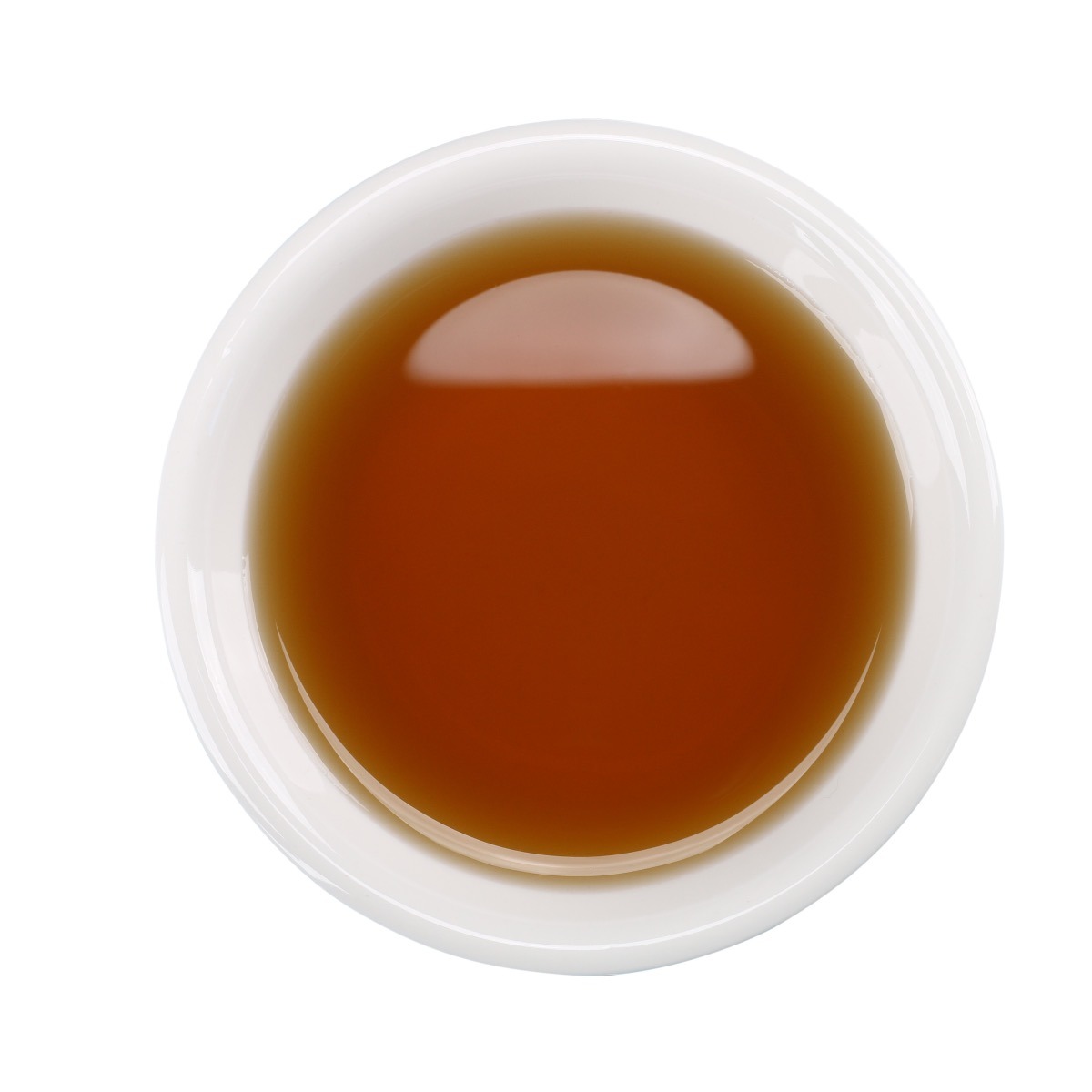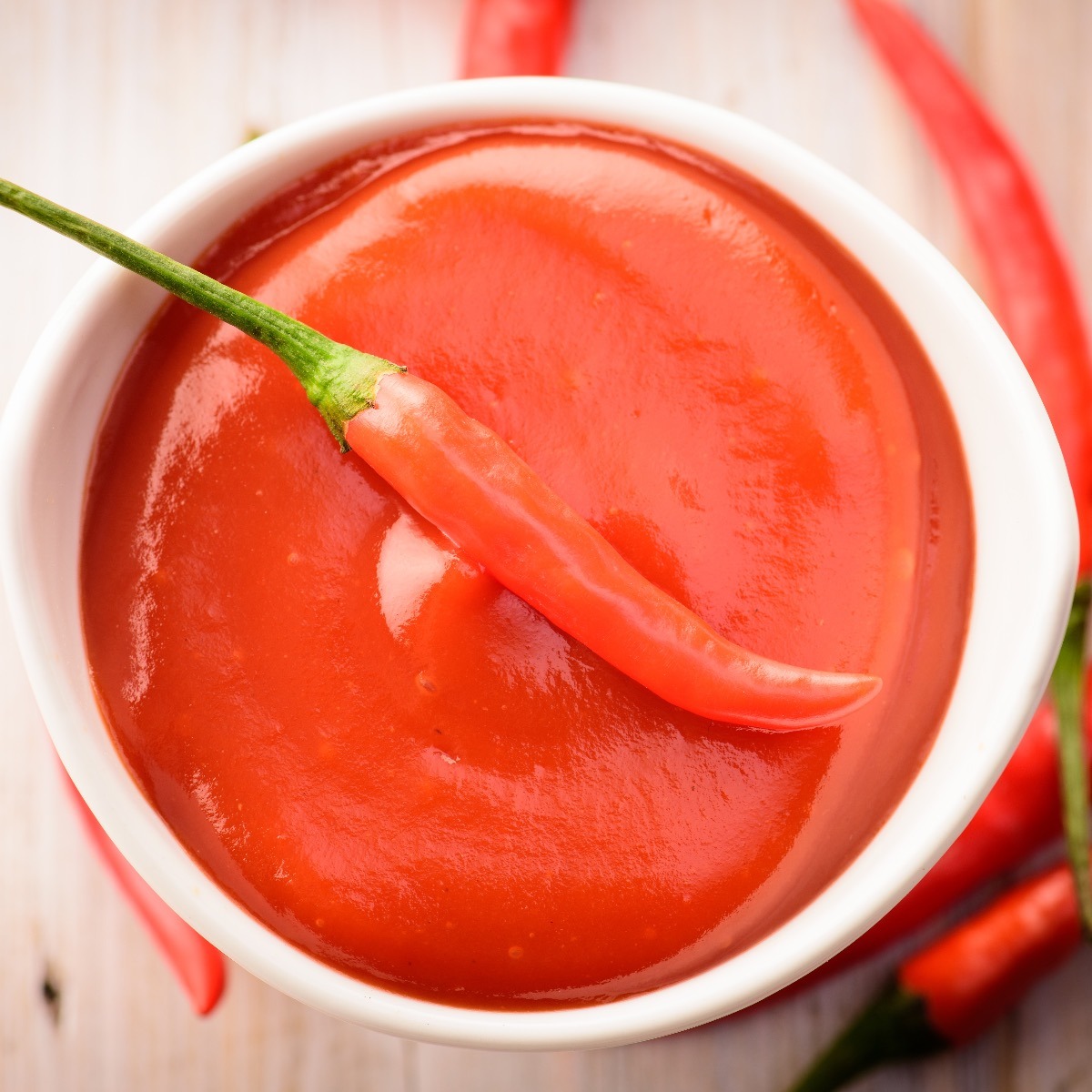All About Popular Asian Sauces
Asian sauces are a diverse group of condiments that are commonly used in Asian cuisine. They are made from a variety of ingredients, including fermented soybeans, chili peppers, vinegar, and various spices and seasonings.
Some popular types of Asian sauces include soy sauce, hoisin sauce, duck sauce, oyster sauce, fish sauce, black bean sauce, sriracha sauce, and sambal sauce. These sauces are often used as condiments, and are also used to flavor a variety of dishes like stir-fries, braises, and marinades.
Asian sauces are an essential part of many Asian dishes, and are known for their bold and flavorful flavors.
Hoisin Sauce

Hoisin sauce is a thick, fragrant sauce that is commonly used in Chinese and Vietnamese cuisine. It is made from a base of fermented soybeans, and has a sweet and savory flavor that is often described as being similar to barbecue sauce.
Hoisin sauce is often used as a marinade or a glaze for grilled meats, and is a popular ingredient in dishes like Peking duck, mu shu pork, and char siu. It is also commonly used as a condiment, and is often served alongside dishes like dumplings and spring rolls.
Hoisin sauce has a reddish-brown color and a thick, syrupy consistency. It is sweet, with a strong, savory flavor that is slightly spicy and slightly sour. The sweetness comes from ingredients like sugar, honey, and molasses, while the savory flavor is due to the fermented soybeans and the addition of spices like garlic, chili peppers, and five-spice powder.
Hoisin sauce is a versatile ingredient that can be used in a variety of dishes. It is often used as a marinade for grilled meats, as it helps to tenderize the meat and adds flavor. It can also be used as a glaze for dishes like roast duck or pork belly, giving them a glossy, caramelized finish. In addition to being used in cooking, hoisin sauce is also a popular condiment, and is often served alongside dishes like dumplings, spring rolls, and steamed buns.
There are many different brands of hoisin sauce available, and they can vary in terms of flavor and consistency. Some hoisin sauces are sweeter and milder, while others are spicier and more savory. Some brands are thicker and more syrupy, while others are thinner and more liquid. It is worth trying a few different brands to find the one that you like best.
Hoisin sauce can be found in most grocery stores, either in the international aisle or in the Asian section. It is usually sold in jars or bottles, and has a long shelf life when stored in the refrigerator.
Hoisin sauce can also be made at home, and there are many recipes available online that use a variety of ingredients like fermented soybean paste, sugar, garlic, and spices. Homemade hoisin sauce will typically have a more complex and nuanced flavor than store-bought varieties, as you can customize the ingredients to suit your taste.
Duck Sauce

Duck sauce, also known as plum sauce, is a sweet and tangy condiment that is often used in Chinese and American Chinese cuisine. It is typically made from a combination of plums, apricots, and/or other sweet fruits, vinegar, and spices. The fruit is cooked down into a thick, syrupy consistency and then mixed with vinegar and spices to create a tangy, sweet flavor.
Duck sauce is most commonly used as a condiment and is often served alongside dishes like wontons, spring rolls, and roast duck. It can also be used as a glaze for grilled or roasted meats, or as a dipping sauce for dumplings and other dim sum dishes. In addition to its use in cooking, duck sauce is also a popular choice for use as a table condiment, and is often served alongside other condiments like soy sauce and hoisin sauce.
Many different brands of duck sauce are available, and they can vary in flavor and consistency. Some duck sauces are sweeter and fruitier, while others are more savory and spicy. Some brands are thicker and more syrupy, while others are thinner and more liquid. It is worth trying a few different brands to find the one that you like best.
Duck sauce can be found in most grocery stores in the international aisle or the Asian section. It is usually sold in jars or bottles and has a long shelf life when stored in the refrigerator.
Duck sauce can also be made at home, and many recipes are available online that use various ingredients like plums, apricots, vinegar, and spices. Homemade duck sauce typically has a more complex and nuanced flavor than store-bought varieties, as you can customize the ingredients to suit your taste.
Oyster Sauce

Oyster sauce is a thick, brown sauce that is commonly used in Chinese, Thai, and Vietnamese cuisine. It is made from oyster extract, soy sauce, sugar, and other seasonings, and has a rich, savory flavor that is slightly sweet and slightly salty. Oyster sauce is often used as a condiment, and is also used to flavor a variety of dishes like stir-fries, braises, and marinades.
One of the key ingredients in oyster sauce is oyster extract, which is made from simmering oysters in water until they release their juices. The juice is then reduced down to a thick, flavorful syrup, which is then mixed with other ingredients like soy sauce, sugar, and seasonings to create the final product. The result is a sauce that is rich, savory, and slightly sweet, with a complex flavor that is hard to replicate with other ingredients.
Oyster sauce is an extremely versatile ingredient, and can be used in a variety of dishes. It is often used as a condiment, and is a popular choice for dipping sauces, marinades, and stir-fries. It is also commonly used as a flavoring in braised dishes, and is often used to add depth and richness to soups and stews. In addition to its use in cooking, oyster sauce is also a popular choice for use as a table condiment, and is often served alongside other condiments like soy sauce and hoisin sauce.
Fish Sauce

Fish sauce is a popular condiment in many Southeast Asian cuisines, particularly in Thailand, Vietnam, and the Philippines. It is made by fermenting fish or shellfish in saltwater for an extended period of time, typically several months to a year. The resulting liquid is then bottled and sold as fish sauce.
Fish sauce has a strong, salty, and slightly fishy flavor, and is used to add depth and savoriness to dishes. It is often used as a condiment, and is a common ingredient in dipping sauces and marinades. It is also used to flavor a variety of dishes, such as soups, stews, and stir-fries. In addition to its use in cooking, fish sauce is also a popular choice for use as a table condiment, and is often served alongside other condiments like soy sauce and hoisin sauce.
There are many different brands of fish sauce available, and they can vary in terms of flavor and quality. Some fish sauces are made from a single type of fish, while others are made from a blend of different types of fish. Some brands are milder and sweeter, while others are stronger and saltier. It is worth trying a few different brands to find the one that you like best.
Black Bean Sauce

Black bean sauce, also known as fermented black bean sauce or black bean paste, is a condiment that is commonly used in Chinese and Korean cuisine. It is made from fermented black soybeans, which are first soaked and then ground into a paste. The paste is then mixed with other ingredients like garlic, ginger, and chili peppers to create a flavorful and aromatic sauce.
Black bean sauce has a strong, savory flavor that is slightly salty and slightly sweet, with a hint of fermented tanginess. It is often used as a condiment, and is a popular choice for dipping sauces, marinades, and stir-fries. It is also used to flavor a variety of dishes, such as braises, soups, and stews. In addition to its use in cooking, black bean sauce is also a popular choice for use as a table condiment, and is often served alongside other condiments like soy sauce and hoisin sauce.
There are many different brands of black bean sauce available, and they can vary in terms of flavor and consistency. Some black bean sauces are milder and sweeter, while others are spicier and more savory. Some brands are thicker and more paste-like, while others are thinner and more liquid. It is worth trying a few different brands to find the one that you like best.
Spiracha & Sambal Sauces

Sriracha sauce and sambal sauce are two popular condiments that are commonly used in Asian cuisine. Both sauces are made from a combination of chili peppers, vinegar, and other seasonings, and have a spicy and tangy flavor.
Sriracha sauce is a type of hot sauce that originated in Thailand, and is made from chili peppers, vinegar, garlic, sugar, and salt. It has a bright red color and a thick, slightly sweet and slightly sour flavor, with a moderate level of heat. Sriracha sauce is often used as a condiment, and is a popular choice for dipping sauces, marinades, and stir-fries. It is also used to add flavor and heat to a variety of dishes, such as soups, stews, and sandwiches.
Sambal sauce is a type of chili sauce that is commonly used in Indonesian and Malaysian cuisine. It is made from a blend of chili peppers, vinegar, and other seasonings, and has a spicy and tangy flavor. Sambal sauce is often used as a condiment, and is a popular choice for dipping sauces, marinades, and stir-fries. It is also used to add flavor and heat to a variety of dishes, such as soups, stews, and grilled meats.
Sriracha sauce and sambal sauce can also be made at home, and there are many recipes available online that use a variety of ingredients like chili peppers, vinegar, and other seasonings. Homemade sriracha sauce and sambal sauce will typically have a more complex and nuanced flavor than store-bought varieties, as you can customize the ingredients to suit your taste.
Soy Sauce

Soy sauce is a dark brown condiment that is commonly used in Asian cuisine. It is made from fermented soybeans, wheat, salt, and water, and has a salty, savory flavor that is often described as being umami. Soy sauce is an extremely versatile ingredient, and is used in a variety of dishes as a condiment, a marinade, or a seasoning.
There are many different types of soy sauce available, and they can vary in terms of flavor, color, and consistency. Some are made from a single type of soybean, while others are made from a blend of different types of soybeans.
Some are fermented for a shorter period of time, which results in a milder and sweeter flavor, while others are fermented for a longer period of time, which results in a stronger and saltier flavor. Some are lighter in color, while others are darker. Some are thicker and more syrupy, while others are thinner and more liquid.
Soy sauce is an essential ingredient in many Asian dishes, and is used to add flavor and depth to soups, stews, stir-fries, and marinades. It is also commonly used as a condiment, and is often served alongside dishes like dumplings, spring rolls, and steamed buns. In addition to its use in cooking, soy sauce is also a popular choice for use as a table condiment, and is often served alongside other condiments like hoisin sauce and duck sauce.
Soy sauce can also be made at home, although it can be a bit time-consuming as it requires fermentation. Homemade soy sauce will typically have a more complex and nuanced flavor than store-bought varieties, as you can customize the ingredients to suit your taste.





19 Responses
Fish sauce — also sometimes called “nam pla”, if labeled for the immigrant market — is also great for making Caesar salad, if you don’t have any anchovies. Just a little be added to the dressing and you’re good.
Hey, I just happen to have acquired that little shaker of Japanese chili powder you have in the picture. Got any great recipes or ideas on what to do with hit?
Hey Scott, just think about all the great dishes you could bring to life with your Japanese chili powder? It really depends on what style of cooking you like but I’m sure you can bring heat to just about anything you cook with it.
Hi Mark ~
Any simple ideas how to prepare authentic Asian garlic noodles? Can any pasta be used? Long noodles seem to be more fun. Drooling at the thought! Thanks for helping.
Marcee:
I don’t have a prepared recipe for that specific dish but I can tell you how I would generally approach it. I would start by stir-frying a generous amount of garlic in vegetable or light sesame oil. Be careful not to burn the garlic. Then I would go one of two ways. You could add black bean sauce and then cooked asian egg noodles, (I prefer the egg), or instead of the black bean sauce add soy sauce and sambal to the garlic, and then add the cooked noodles. A squirt or two of rice vinegar wouldn’t hurt either.
Scott:
The sky is truly the limit for your chile powder. I have a number of chile powders in my pantry at any point in time. I always have a store-bought cayenne powder, but I also make my own from other types of hot peppers, especially habanero. The possibilities are endless: meat, sauces, marinades, soups, salsas, deviled eggs, tortilla dough, taco meat, quesadillas, chile oil, fried chicken wings, etc. etc. etc.
Chef Mark:
What is the difference between “Rice Vinegar” and “Rice Wine Vinegar” ? I find Rice Vinegar at my local Asian market, but cannot find the Rice Wine Vinegar. Thanks in advance for your answer – I appreciate it!
They’re the same. In order to make vinegar you first have to ferment the sugar in something into alcohol (i.e. make rice wine) and then ferment the alcohol into acetic acid (i.e. vinegar). “Seasoned Rice Wine vinegar” is also known as “mirin” or “seasoned rice vinegar” and will add a touch of sweetness. It is most often used in Japanese cooking in combination with plain rice vinegar. And any Japanese chef will beg you not to interchange them, as their flavor profiles are different (mirin is sweet and less acidic). So, if you only keep mirin around, be sure to adjust the added sugar accordingly. But honestly, for the best outcome, I recommend using rice vinegar when the recipe calls for it. For example, the vinegared rice in sushi is made using a combination of Rice Vinegar, Mirin and Sugar. If the RV was omitted, it just wouldn’t taste good. I also use RV whenever white vinegar is needed. It makes great cole slaw and salad dressings! Since I discovered it, I haven’t used white vinegar in cooking! I will also use Mirin in place of apple cider vinegar, simply because I really don’t like acv.
Thanks ChannonD for your detailed explanation to Rob. Great information and I really appreciate your sharing it with us.
Rob:
Thank you for your query. Rice vinegar is made from fermented rice. Rice wine vinegar from wine made from the rice. Both have many different recipes and styles. I have never used rice vinegar. I always use rice wine vinegar. Rice wine vinegar is usually seasoned, and a little sugar added. It’s tasty and I love it in dressings, especially any kind of Asian salad or dressing. It’s also used to season sushi rice.
Chef Mark: About a month ago I wrote you asking about the difference between Rice Vinegar and Rice Wine Vinegar. You said there was a difference and that you used Rice Wine Vinegar. I cannot find Rice Wine Vinegar…only Rice Vinegar, even in my local Asian markets –and– they tell me they are one and the same. Even a lot of Internet articles say they are the same. However, I’m inclined to believe they are not, as your told me. I was even told by one market to “mix” Rice Vinegar and Rice Cooking Wine (not Sake). Can you point me in the right direction and tell me how I might obtain Rice Wine Vinegar without buying it over the Internet? Also, is there anything you can tell me about Mirin? Thanks!
Rob:
I was wrong! I have come across published sources and even other culinary people who espoused what I originally said: That there was a difference between rice vinegar and rice wine vinegar. But in response to your query I called Marukan Vinegar Inc. one of the foremost authorities on rice vinegar. Their website is http://www.marukan-usa.com/ and their phone # is 562-630-6060. I spoke to John, (ext. 125), one of their representatives who was quite informed on this issue and addresses it regularly.
He said that rice vinegar and rice wine vinegar are one in the same. They are trying to get away from the term “rice wine” and just use “rice” vinegar. The deal is, that rice is fermented into an alcoholic beverage, (which technically is NOT wine. He said it would be better classified as a whiskey since rice is a grain). This resulting alcoholic beverage is then made into vinegar.
Mirin is Japanese rice vinegar which is usually sweeter than typical rice vinegar and also has some residual alcohol left in it.
I am sorry about my earlier misinformation and I am indeed indebted to you for being persistent and following up. Otherwise I would have remained wallowing in my misnomers. Thank you very much.
Chef Mark
Thanks Mark for doing the research and helping us understand more about this subject. – RG
Chef Mark and RG . . . Thank you so much for all the hard work/research regarding my questions. I really appreciate both of you.
I thought General’s Tso’s chicken was made with Hunan sauce? Is Hunan sauce a variation of duck sauce?
Not sure Michael so I’ll ask Chef Vogel to respond. – RG
My understanding is that “hunan sauce” is a generic term as opposed to a specific recipe. I googled hunan sauce and came across a number of different recipes. Hunan sauce however, is not duck sauce, which is a plum sauce. But since the term “hunan sauce” is used rather liberally, I wouldn’t be surprised if there are duck sauces, or duck-type sauces out there that have been referred to as hunan sauce.
Thank’s for clearing that up. Can you tell me what sauce is used for Mandarin Chicken and also Sesame Chicken? Or can provide recipes?
Hi Michael, I’m not sure but will do some research and see if I can come up with some recipes. Right now I have a whole bunch of requests I’m working on as well as my own stuff but I too would like to know how to make a great sesame chicken. – RG
I have never specifically made “hunan” chicken or sesame chicken. I suspect the “hunan” chicken is again, a general term and I’m sure recipes vary from restaurant to restaurant and from chef to chef. In fact I googled it and could not find any two alike.
Even dishes that have a somewhat more clearly defined recipe can vary from chef to chef. For example, I love beef chow mein but every place I have it has a slightly different spin.
I am actually glad to read this web site posts which includes tons of helpful information, thanks for providing such data.
My question is, is it possible to dehydrate all these sauces?
I know you can dehydrae sriacha. Thanx
Hi Margo, I really don’t know but it makes sense to me that just about anything can be dehydrated with the right equipment. Hopefully someone with more experience in this area will respond.
I’ve got to do a dinner for 75 to 100 people for a church group. We have some frozen Swai or Basa fish and I was thinking of baking the fish with some commercial “Asian Spice” sprinkled over the fish before baking. Can you recommend a good simple sauce or reduction that would give the fish a deeper flavor profile?
Thanks,
Chris